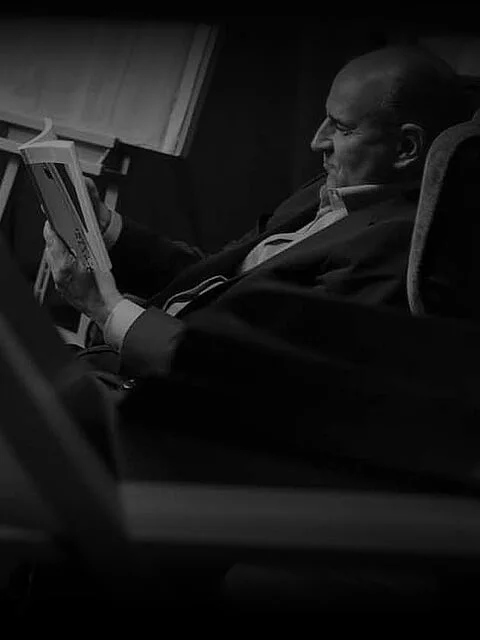Overview: Thinking outside the box is a common theme in corporate circles, yet few people bother to define the proverbial “box.” Leadership coaching can help leaders identify the walls of their boxes and change the behaviors that prevent them from transcending their comfort zones.
“Instead of thinking outside the box, get rid of the box.” – Deepak Chopra.
Think outside the box. It’s such a commonplace utterance in corporate circles, yet few people bother to elaborate on its meaning. What is the box? How are you supposed to think outside of it? How does it all work?
Leadership coaching is about helping people defeat their limitations, self-imposed or otherwise. Transcending one’s current condition is a venture fraught with danger, challenges, and efforts. These are all tribulations we are biologically programmed to avoid. Executive coaching experts help leaders overcome ingrained, natural tendencies and leave their comfort zones in search of growth.
Out-of-the-box thinking has a lot to do with your comfort zone. Executive coaches can help you define the walls of your personal box. Once you know where your limits are, you’ll be more inclined to tear them down and leave them behind.
1. What Is the Box?
We define a box or comfort zone for ourselves through certain behaviors. We seek to insulate ourselves from strife, challenges, and possible failures through said behaviors. While they differ from one leader to another, they tend to fall into four major categories.
- Blaming others for failures and mistakes
- Complaining about problems and seeing everything in terms of problems instead of potential solutions
- Defaulting to a defensive emotional posture under stress
- Being closed-minded about issues, acting as an expert, and disregarding others’ perspectives
Living and thinking inside the box is comfortable, safe, and easy. That’s the promise and lure of the box and the reason why many of us choose to build it and live in it.
Once leaders understand where the walls of their boxes are and why they resist leaving their confines, they gain well-defined targets for their efforts to defeat their boxes.
2. Learning to Despise Blame
Blaming others is the weak person’s “solution” to problems. Instead of blame, great leaders focus on responsibility. Executive coaching understands that assuming responsibility takes a certain amount of courage, but leaders should be more than capable of mustering courage. By accepting responsibility, they shift their focus from problems to solutions.
3. Embracing Accountability
The dubious appeal of defensiveness lies in its ability to create the illusion of psychological safety. Defensiveness is a treacherous companion for leaders, however, as it confines them to reactive modes. Accountability allows leaders to assume proactive postures, embracing change and seizing opportunities.
4. Kicking the Habit of Complaining
People who complain surrender themselves to problems and give up searching for solutions. Complaining is like falling into mud and wallowing in it instead of getting up. It allows problems to consume people. Out-of-the-box thinking doesn’t tolerate complaining. People who think this way are relentless problem solvers.
5. Embracing Curiosity
Curiosity is the mother of learning and progress. It’s also antithetical to closed-mindedness. The trap of closed-mindedness sneaks up on leaders unnoticed. Beginners ponder many possibilities; experts see only a few.

Leaders tend to be experts at what they do, and this status robs them of curiosity. Open-minded leaders never assume they’re experts at anything. They allow their minds to explore on the wings of curiosity. Curiosity leads to creativity and creative solutions.
6. Empowering Others
While leadership coaching accounts for failure and can help leaders deal with it, some leaders don’t. They leave no room for failure in their organizations. Sadly, this attitude also limits out-of-the-box thinking.
Leaving the comfort zone and the safety of a box is inherently risky. By empowering employees and allowing them the freedom to take initiative, leaders can encourage out-of-the-box thinking.
The way to think out of the box is to alter behaviors that constitute the walls of the box. Executive coaching can help leaders identify these behaviors and change them.


